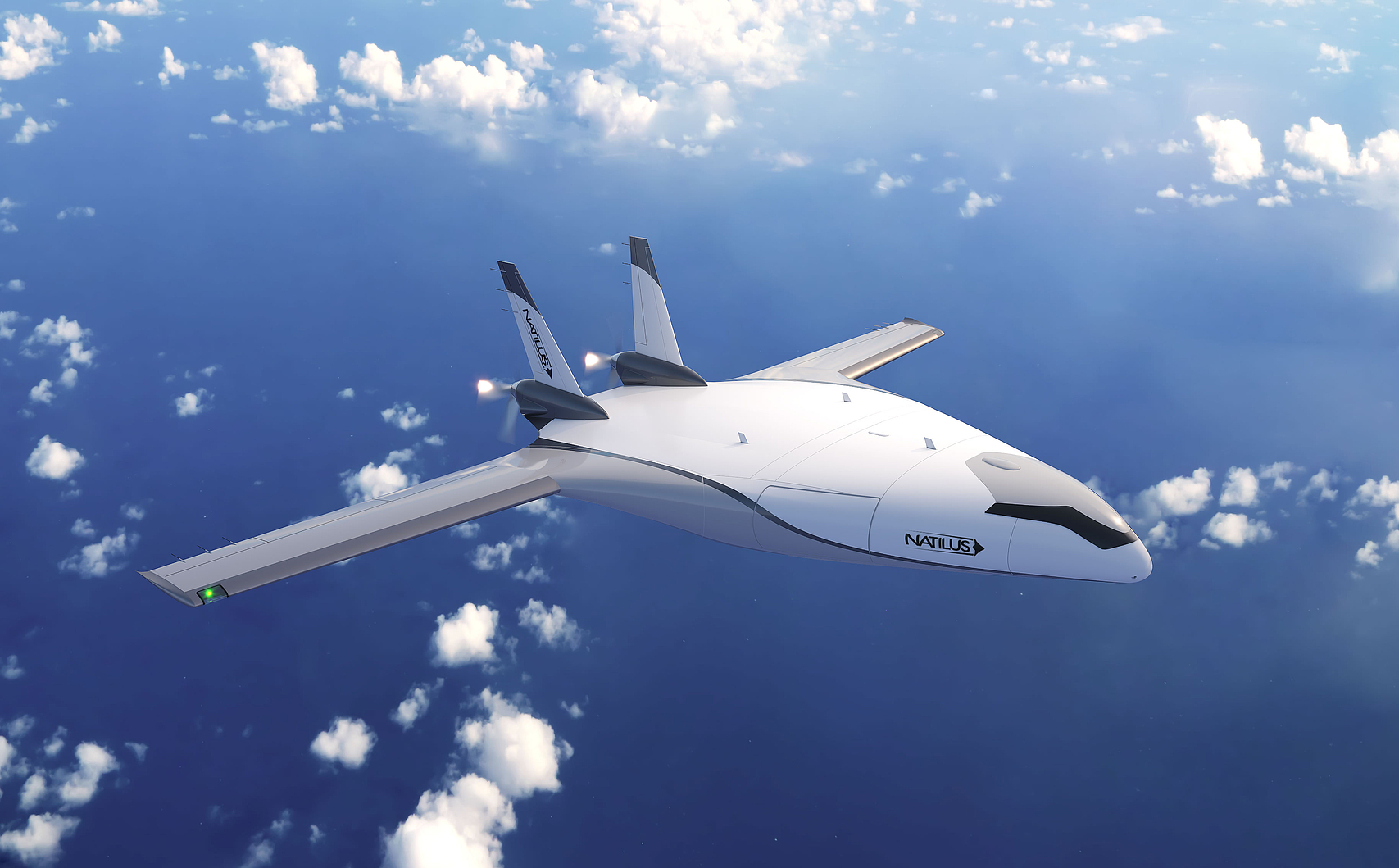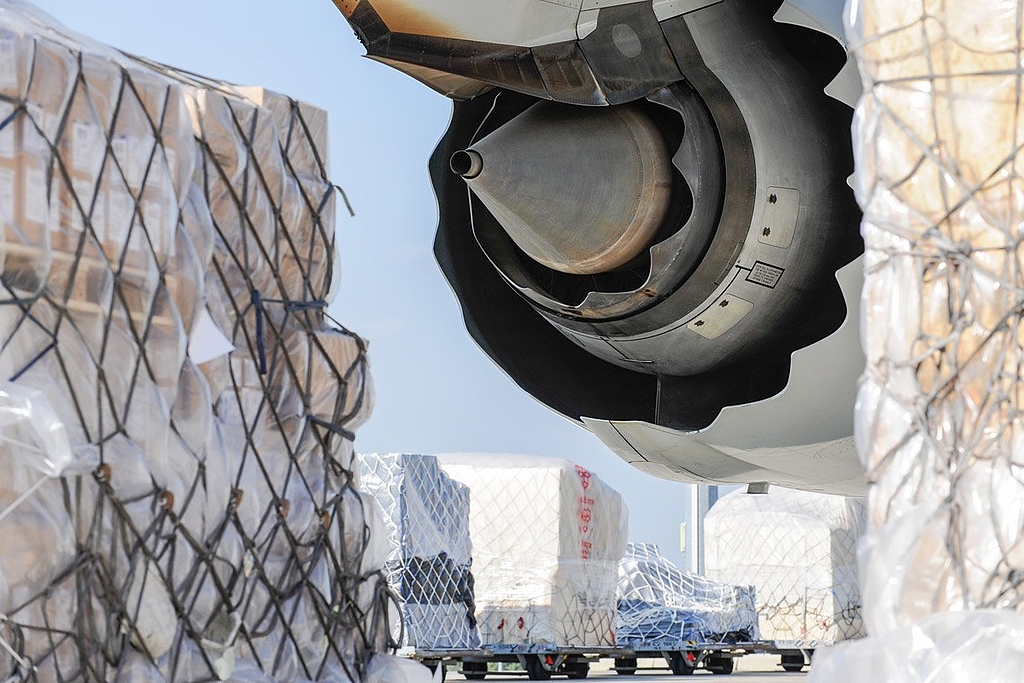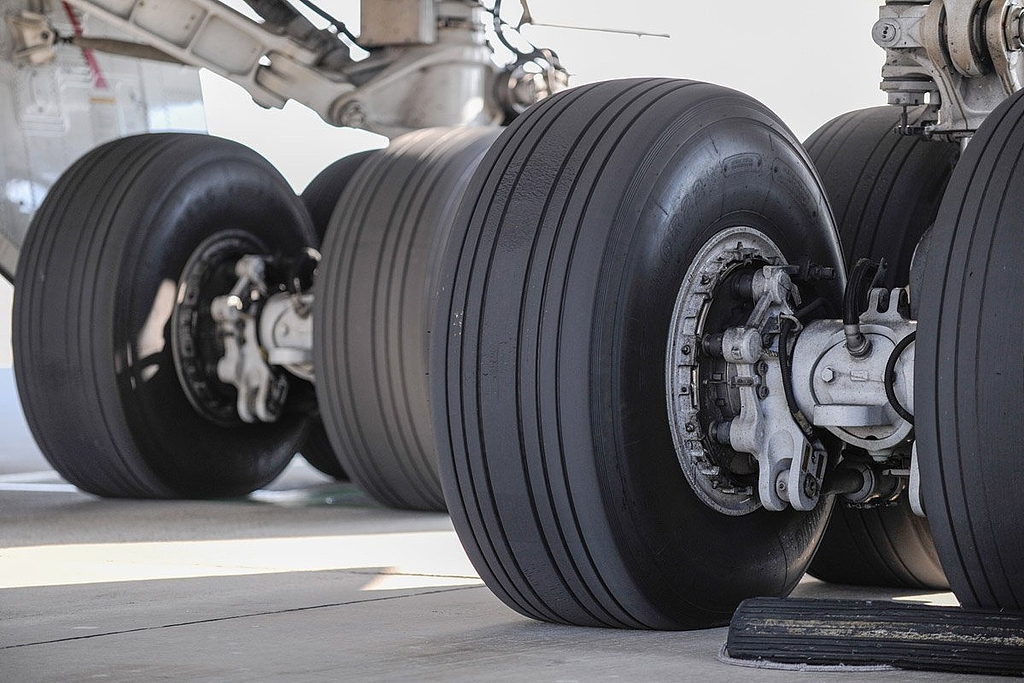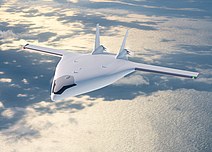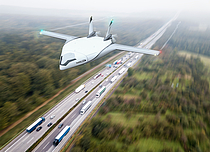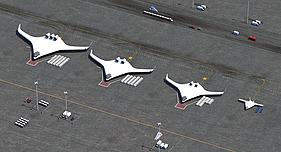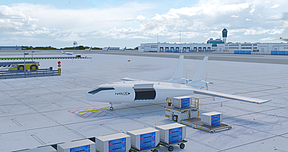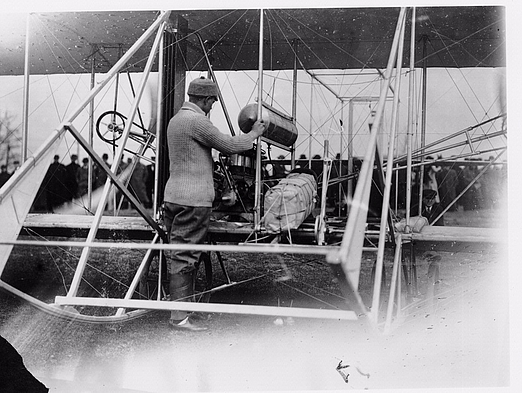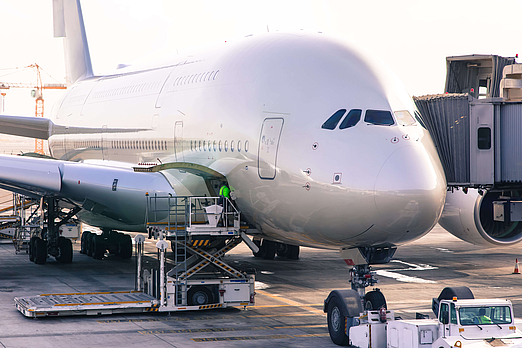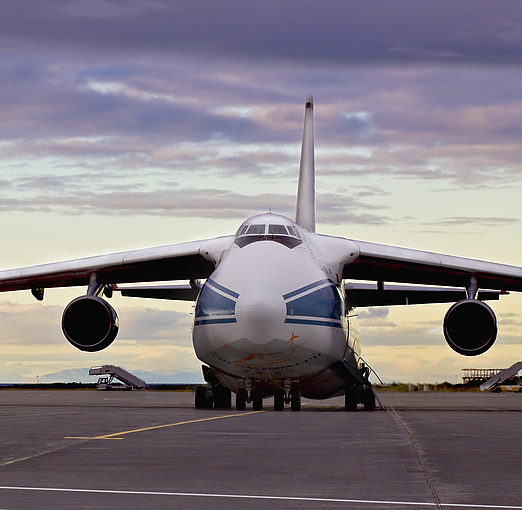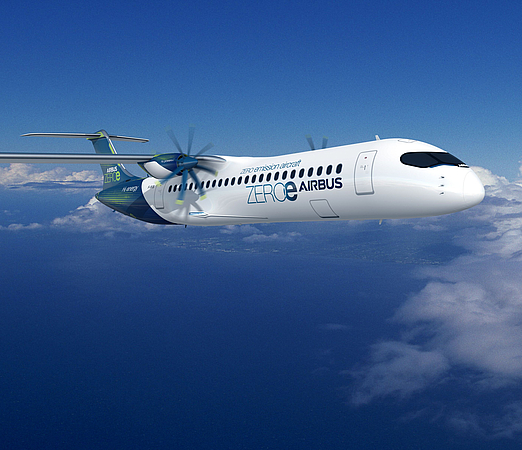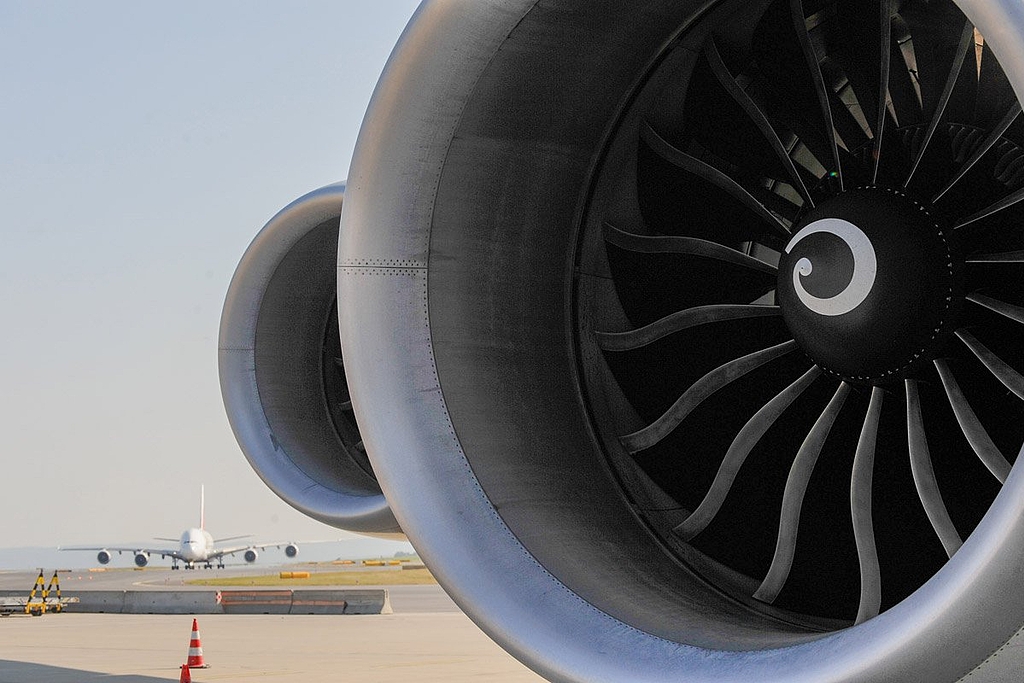Green light for pilotless flying
When the aircraft belly provides a boost
- Insights
A startup company in the USA wants to conquer the air freight market with an already familiar yet innovative concept. What’s smart about it: the unusual shape of the airplanes will offer more space for cargo – and this without a crew. Whether the industry will be turned upside down by this “blended wing body” still remains to be seen, however it will certainly draw a lot of interest and some investors are already convinced by the idea. We’ll take a closer look at the so-called “flying wings,” their German predecessors in World War II and the new blended wing system called “Natilus”.
